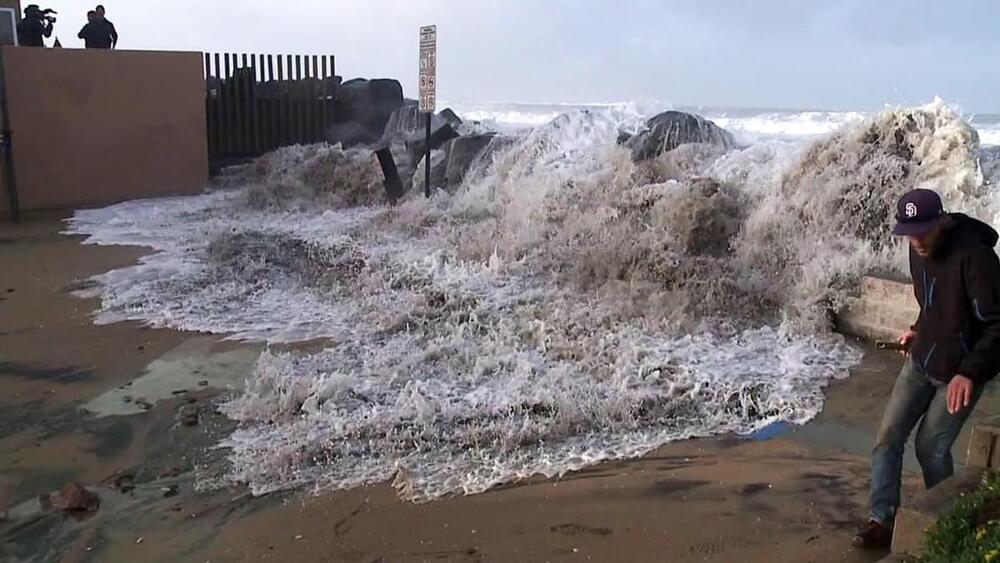The men were gathered to watch the football game at a friend’s house.





#ManualLabor #CognitionServices #SyntheticMind.
The future of human labor in the age of AGI and automation, as discussed in the articles from Digital Habitats, suggests significant shifts in both manual and cognitive work.
Automation and AI advancements are predicted to take over a substantial portion of human jobs within the next 5 to 20 years.


Popular smart lighting company Nanoleaf today announced the launch of several new Matter-enabled lighting options, including its first outdoor lights. The company is also debuting a new music feature and accepting pre-orders for the Nanoleaf Skylight.
Nanoleaf’s Matter-enabled lights include the Smart Multicolor Lightstrip, the Smart Multicolor Outdoor String Lights, and the Smart Multicolor Permanent Outdoor Lights. The Outdoor String Lights feature large bulbs for decorating a front entryway, patio, or deck, while the permanent lights are designed to be installed under the eaves of a house in lieu of holiday string lights.

If you plan on visiting the coast, you might notice flooded parking lots in the mornings or exposed reefs or rocks in the afternoons, depending on the area.
For those who are interested in learning more about king tides, the San Diego Audubon Society will be hosting an event at the Kendall-Frost Marsh on Friday from 8–10 a.m. Attendees will get an overview of sea level rise, the birds that rely on disappearing marsh habitat, and tools for documenting or reporting king tides.
Looking beyond January, the cosmic phenomenon of king tides is expected again Feb. 9–10.
Finally, he used an oscillating fan to make the droid’s domed head turn back and forth. Meanwhile, a Bluetooth speaker was inserted in the droid’s body to play droid sounds as the robot moves.
Since he could not faithfully recreate R2-D2, he called his invention R9-D9. That does not change the fact that all it takes is one look at it to know it’s Star Wars-inspired.
The project did not come without drawbacks. Hunter’s vacuum can no longer clean under sofas or beds but it’s a small price to pay to watch a Star Wars droid clean your house.


This may sound great at first glance, but researchers say it could signal the start of a “vicious cycle.”
The world is undergoing an insect apocalypse, with our buggy friends experiencing global mass population decreases at an estimated 2 percent yearly due to a woeful combination of climate change, pesticides, habitat loss, and other human-made ills.
How are flora — which often rely on insects for pollination — adapting to this massive change within the worldwide food chain? Researchers in France have now revealed one way: turning to self-pollination.
In a new study published in the journal New Phytologist, researchers have found that wildflowers in a patch of farm meadow in the Paris region have increasingly adapted to self-fertilization.